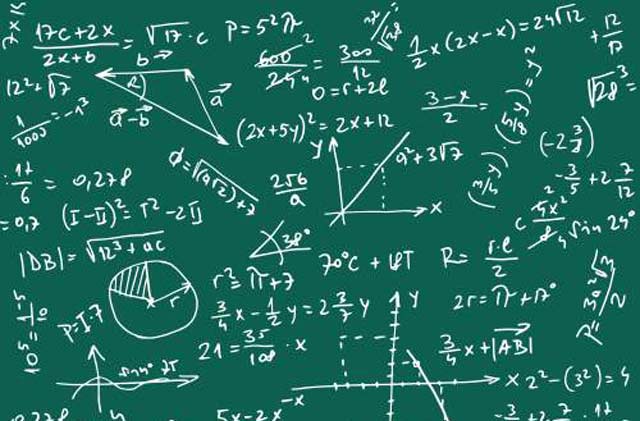 If I were allowed to instantaneously eradicate one bad habit among physics students, I would choose their addiction to numbers. That is, the propensity of many students to plug numbers into an equation at the first opportunity. I think that this addiction stems from several factors: fear of algebra, the comforting familiarity of arithmetical operations and teachers who didn’t sufficiently emphasize abstract reasoning. Since it prevents students from gaining a deeper understanding of physics, I try hard to help students break this addiction.
If I were allowed to instantaneously eradicate one bad habit among physics students, I would choose their addiction to numbers. That is, the propensity of many students to plug numbers into an equation at the first opportunity. I think that this addiction stems from several factors: fear of algebra, the comforting familiarity of arithmetical operations and teachers who didn’t sufficiently emphasize abstract reasoning. Since it prevents students from gaining a deeper understanding of physics, I try hard to help students break this addiction.
It isn’t easy. The allure of numbers is powerful: a two is always a two, and three is greater than two and five times four is twenty—what’s d minus h? Or v squared divided by g? But if v is 5 and g is 10 then…For some students, numbers call like sirens and it takes a great effort to resist their call. “But I got the right answer,” is a common reply when I exhort students to leave the numbers until the end of the problem. As I’ve written elsewhere, solving physics problems isn’t just about getting the right answer. So I continue to confront students who reach for numbers like candies in the hope that the benefits of fewer numbers and more algebra become clear.
What are the benefits of going number-free? As I tell students, there are three immediate ones:
1. Checking your work becomes easier. If you didn’t get the right answer, it’s hard to figure out where you went astray if all you have in front of you are numbers. But with equations it’s much easier to see where you dropped a minus sign or forgot to square a factor.
2. Variations on a theme are no big deal. Say you’ve been asked to find out how fast a car can go around a rough banked circular track without skidding off course. You’ve gone through the calculations, plugging in numbers all the way, and you get an answer. You checked in the back of the book (or online) and it’s right. Now you turn to the second part of the question, which asks you to explain what happens when the angle of banking is changed. With only numbers on the page (or the screen)—oops! But if you have an equation for the speed in terms of the angle and other variables, there is much less work to do.
3. Physical meaning is more readily seen. To derive that the braking distance of a car is proportional to the square of the speed is not just about getting a numerical answer. The relationship between the two quantities describes a physical process—the energy due to the motion of the car (kinetic energy) is converted by braking (through friction) into heat.
And then there is a long-term benefit. If the student and teacher persevere, eventually the addiction is broken. The student starts to see things intuitively and has a feel for what it means to do physics. In the words of the Nobel-prize winning physicist Richard Feynman, “We have to learn…how to apply the mathematics to the physics in order to understand the world.”
By Neer Asherie, Private Tutor